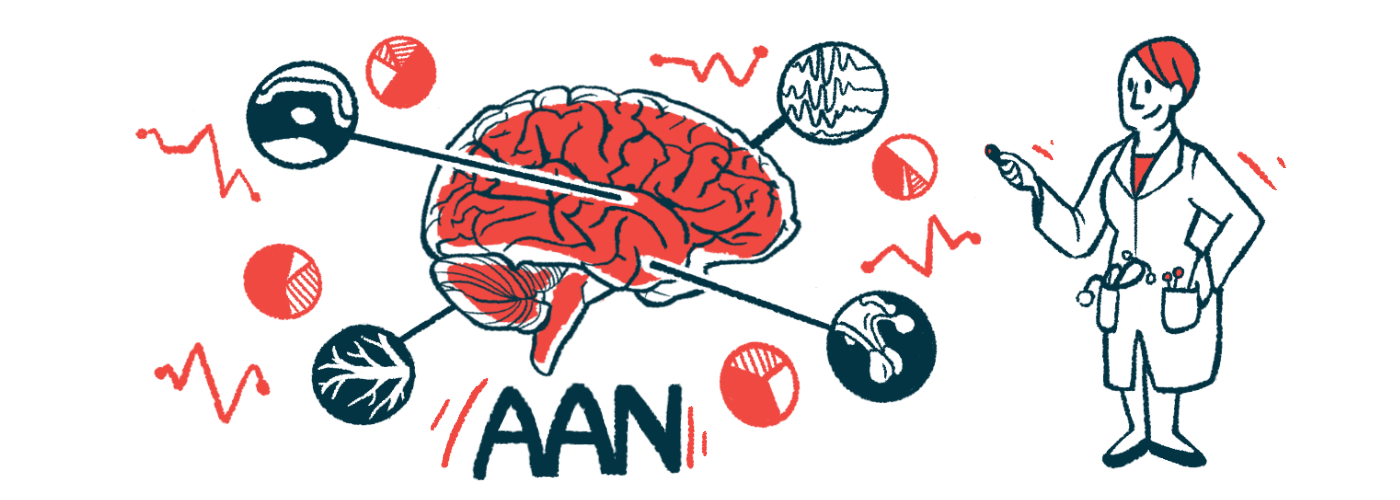AAN 2024: Skin biopsy test may help confirm Parkinson’s diagnosis
Syn-One test also could be used to guide treatment decisions, data show

The Syn-One test, which uses a skin biopsy to look for atypical clumps of the protein alpha-synuclein, may help both in confirming a diagnosis and guiding treatment decisions for people being evaluated for Parkinson’s disease, new data show.
“Skin biopsies are minimally invasive and, our study showed, very effective in aiding the diagnosis of parkinsonian disorders,” Jonathan Ross Isaacson, MD, of Beth Israel Deaconess Medical Center, in Massachusetts, said during a talk at the American Academy of Neurology (AAN) 2024 Annual Meeting, held April 13-18, in Colorado and online.
Isaacson’s presentation was titled “Clinical Utility of Synuclein Skin Biopsy in the Initial Diagnosis and Evaluation of Parkinsonian Disorders.”
To date, there is no medical test that can confirm the diagnosis of Parkinson’s disease. Instead, the diagnosis is made clinically, based on the symptoms that a person is experiencing. This is somewhat subjective, however, and misdiagnoses are common — especially early in the course of the disease.
Abnormal clumps of alpha-synuclein in brain cells are a hallmark molecular feature in Parkinson’s disease, as well as in some forms of atypical parkinsonism. Also known as Parkinson’s plus, this is a group of neurological conditions that cause motor symptoms similar to those seen in Parkinson’s disease.
The Syn-One test looks for these clumps in skin nerves using biopsies collected from the neck, thigh, and calf.
Some 40% of patients had change in Parkinson’s diagnosis, treatment after test
In his talk, Isaacson provided an overview of how the test had impacted clinical decision-making for 97 patients who were evaluated for possible Parkinson’s at the Beth Israel clinic, in Boston, between 2021 and 2023.
Two-thirds of these patients (66%) had a change in their recorded diagnosis after undergoing the Syn-One test, the data showed. More than half (55%) experienced a change in treatment.
Overall, more than 4 in 10 — specifically 41% — had a change in both diagnosis and treatment after the skin biopsy test. Meanwhile, 1 in 5, or 20% of those tested, saw neither change.
“In our study, skin biopsies were shown to have a major impact on clinical decision-making,” Isaacson said, though he noted that additional research is needed to validate and generalize the results.
In a study abstract, the researchers noted that using the biopsy test to aid in a Parkinson’s diagnosis may also help in confirming or not the likelihood of other related medical conditions — many of which can also be misdiagnosed.
“The need for earlier and accurate diagnosis of these progressive neurodegenerative disorders is a major unmet need impacting diagnostic certainty, early symptomatic treatment, and avoidance of inappropriate therapy,” the researchers wrote.
In our study, skin biopsies were shown to have a major impact on clinical decision-making.
The Syn-One test is sold by CND Life Sciences, a U.S.-based company. CND was not directly involved in this study, though one of the co-authors disclosed owning stock in the company.
“The data presented at the AAN meeting will highlight our growing portfolio of work around the utility of our Syn-One Test through its potential to disrupt neurogenerative disease diagnoses and help biopharma companies move their scientific research forward,” Todd Levine, MD, chief medical officer of CND, said in a company press release.
Note: The Parkinson’s Disease News team is providing coverage of the American Academy of Neurology (AAN) 2024 Annual Meeting April 13-18. Go here to see the latest stories from the conference.







